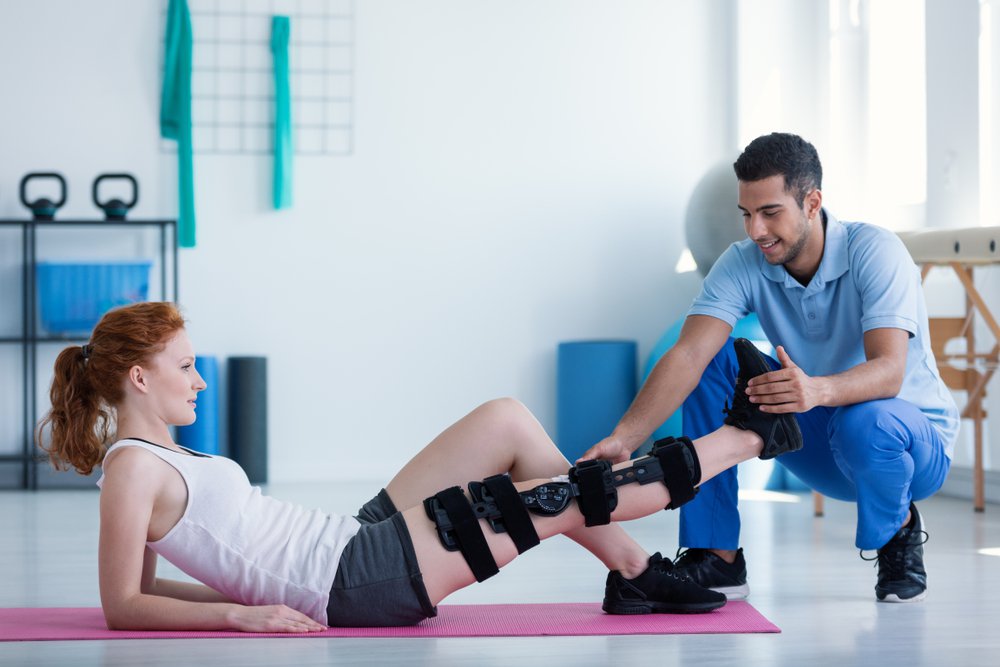Boosting One’s Mobility Routine through Effective Myofascial Release Techniques
Foam is an important technique which can greatly enhance a individual's mobility regimen. It includes using a cylinder-shaped foam roller to exert pressure to targeted areas of the body. This approach is known as self-myofascial release, which helps to relieve muscular tension and supports overall flexibility. Many fitness practitioners and fitness enthusiasts incorporate foam rolling into their warm-up and cool-down sessions to prepare their muscles for activity and aid in rehabilitation post-exercise. Knowing how to use foam rolling properly can support better function and a reduced risk of strain.To get started, it is essential to choose the suitable foam roller. Foam rollers come in different densities and dimensions. A softer foam roller is recommended for new users or those with sensitive muscles, while a firmer roller can provide greater pressure for more advanced users. The length of the roller should also be evaluated; longer rollers can be beneficial for broad regions, while compact ones are better for targeting precise spots. Once the right roller is chosen, individuals can begin to integrate foam rolling into their training plan effectively.
When using a foam roller, it is important to focus on slow movements. Rolling over tense areas too quickly can cause irritation and may not provide the optimal benefits. Instead, individuals should roll gradually over each muscle group for half a minute to two minutes. This allows the muscles to release tension and helps to click this alleviate knots and tight spots. Breathing deeply while rolling can also increase relaxation and effectiveness. Targeting key areas such as the calves, thighs, rear thighs, and spinal muscles can lead to significant improvements in flexibility.

Additionally, combining self-myofascial release with stretching can enhance flexibility gains. After using the foam roller, it is advantageous to perform held stretches on the same muscle groups that have been released. This method helps in increasing blood flow and enhancing the range of motion in those muscles. For example, after that site working on the hamstrings, stretching them by performing a forward bend can further enhance flexibility. Incorporating these techniques into a program ensures that muscles are both released from tension and lengthened.
Finally, consistency is key when it comes to self-myofascial release and increasing flexibility. Incorporating foam rolling into a ongoing routine can provide lasting benefits. It is recommended to spend at least 10 minutes a few times a week targeting different muscle groups. By committing to foam rolling a regular habit, individuals will likely see positive changes in their flexibility over time. This technique not only primes the body for physical activity but also aids in recovery and preservation of overall muscle health, making it an invaluable addition to any fitness program.